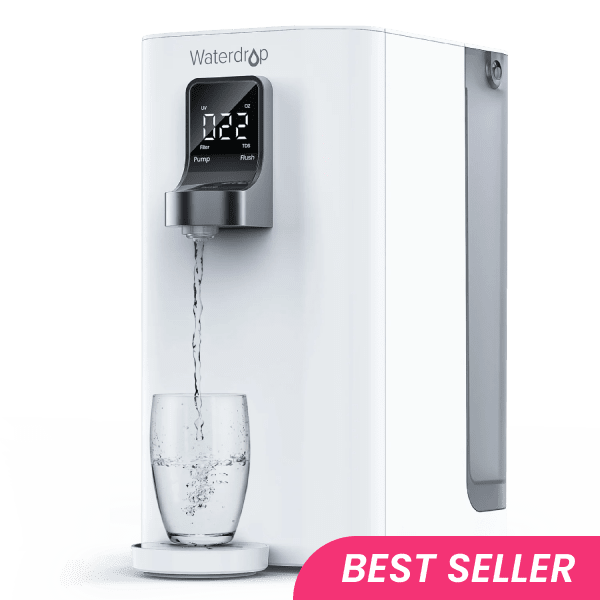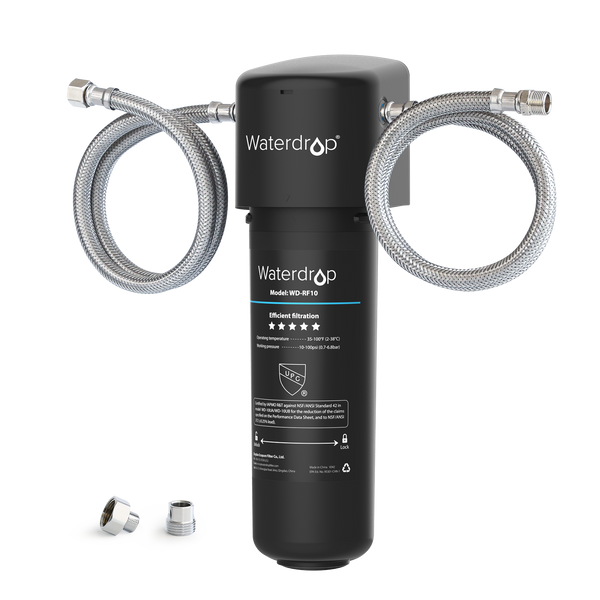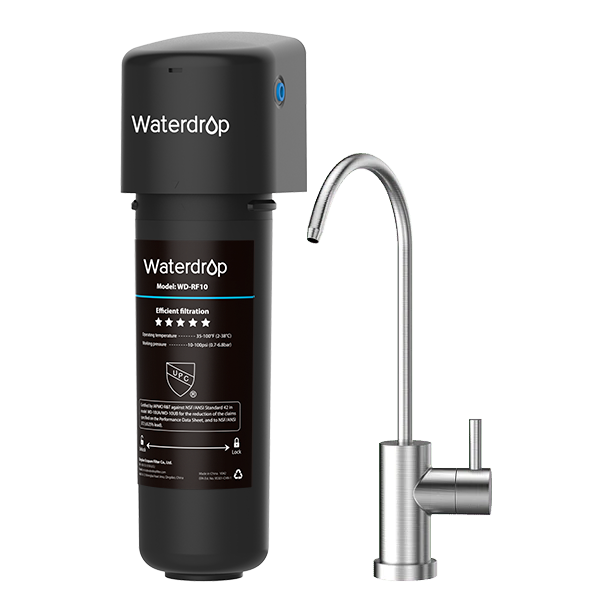How to Get Rid of PFAS Chemicals in Water
What is PFAS?
PFAS, used since the 1940s, are found in various industries and products like firefighting and consumer goods. There are thousands of types of PFAS, with the most common types being PFOA (perfluorooctanoic acid) and PFOS.
The EPA proposed a National Primary Drinking Water Regulation (NPDWR) for six specific PFAS chemicals on March 14, 2023, expected to be finalized by the year's end. Once implemented, this regulation aims to prevent numerous deaths and illnesses linked to PFAS exposure, addressing concerns about their persistence and potential contamination.


How does PFAS get into water?
PFAS can enter water through various pathways, posing a risk to drinking water sources. These pathways include industrial discharges, improper disposal of PFAS-containing products, firefighting foams, and wastewater treatment plants. Additionally, PFAS can migrate from landfills or be released by wastewater treatment plants, further compromising water sources. Due to their persistent nature, PFAS can travel long distances, contaminating water supplies far from the original source.
How can PFAS affect people’s health?
PFAS, the "forever chemicals," persist in the environment and can accumulate in the human body, posing potential risks. The health hazards of PFAS include increased cholesterol levels, liver damage, hormone disruption, reproductive effects, pregnancy complications, immune system impairment, and an increased risk of certain cancers.
Over 98% of the US population has been found to have four types of PFAS (PFOS, PFOA, PFNA, PFHxS) in their bloodstream (serum). These long-chain PFAS compounds have the ability to accumulate and persist in the human body for many years. Even after exposure is reduced or stopped, the levels of these substances decrease at a slow rate over time.


Is Your Drinking Water Safe?
The number of U.S. communities confirmed to be contaminated with the highly toxic fluorinated compounds known as PFAS continues to grow at an alarming rate. As of June 2022, 2,858 locations in 50 states and two territories are known to be contaminated.
See if PFAS are in your drinking water











































